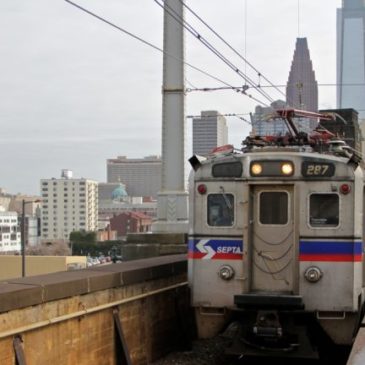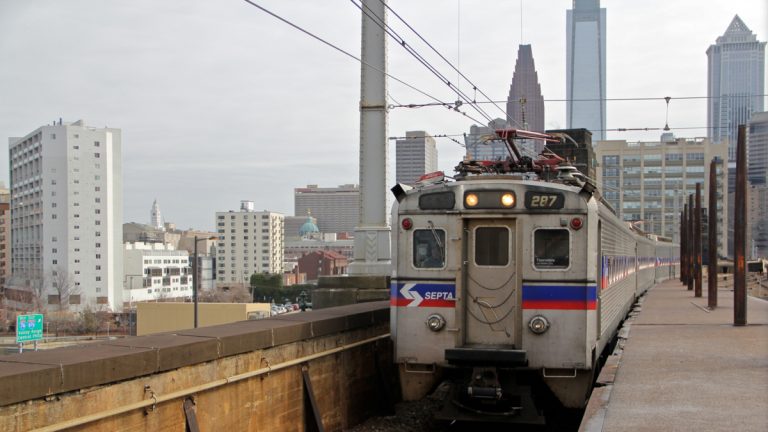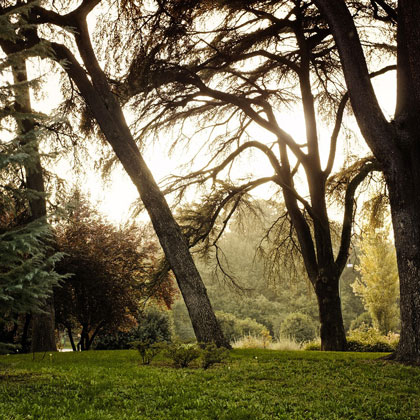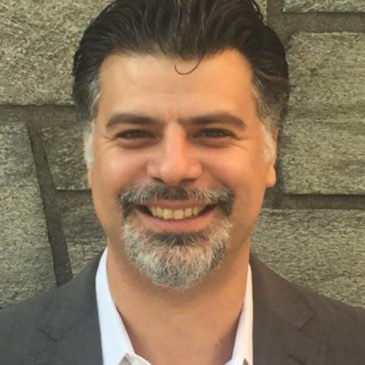11
Aug 2019
21
Mar 2017
Science of the Living City Forum
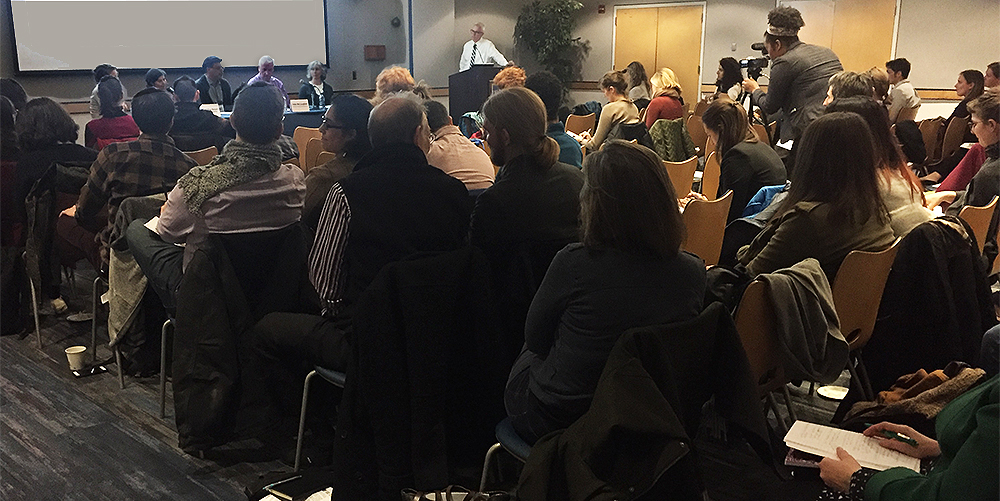
Originally published by Earthdesk
Dr. Franco Montalto, Principal Engineer at eDesign Dynamics, collaboratively organized the "Science of the Living City" forum, February 21st.
Municipalities across the country are wrestling with overburdened urban infrastructure where, during wet weather events (i.e., rain and snow melt), combined sewer overflows (CSOs) introduce untreated sewage into local waterways, a violation of state and federal water policy. On February 21st, Pace University’s Dyson College Institute for Sustainability and the Environment partnered with the New York City Urban Field Station (a partnership between the US Forest Service, NYC Parks, and the Natural Areas Conservancy) to host a Science of the Living City seminar on how to leverage green stormwater infrastructure (i.e., green infrastructure) investments to both meet regulatory requirements for clean water and enhance urban sustainability and resilience. Living City
Panel participants Franco Montalto, Andrea Parker, Christina Rosan, Marit Larson, John McLaughlin, Michael Finewood, and Sara Meerow came from diverse professional experiences, including universities, government agencies, and nonprofits, and have overlapping interests in the multiple benefits—or multifunctionality—of green infrastructure. Our discussion broadened the conversation about the diverse challenges and benefits of incorporating green infrastructure into sustainable city planning.
Municipalities are facing enormous costs related to repairing and upgrading water systems. Citing potentially lower costs and multiple community benefits, stakeholders have strategized to implement green infrastructure as a stormwater management tool. Green infrastructure is defined here as technologies that mimic biologic systems to control water at the source, such as rain gardens, bioswales, and green roofs. NYC is a national leader in this regard, proposing to manage 10% of impervious surface with green infrastructure (learn more about the NYC GI Program here).
The evening opened with a presentation of Meerow’s research developing a Green Infrastructure Spatial Planning (GISP) model for identifying priority areas across New York City (as well as Detroit) where the multiple social and environmental benefits of green infrastructure are needed most. The panel then addressed critical questions about working in the diverse communities where green infrastructure is often sited. We learned a couple of key things from our conversation. For example, we can see how different organizations can share the same goal (e.g., clean water) but have distinct mandates for both how to achieve it and what the best outcomes are. Nonprofits may want green infrastructure that meets specific community needs while municipalities have to focus on stormwater runoff.
Likewise, both within and between communities, desires and needs are diverse. It can be challenging to meet them with technologies like green infrastructure. A nonprofit or government agency’s internal culture or politics may even constrain innovative or transformative action. An additional issue is timeframes. In other words, communities often want long-term engagement and planning, but municipalities and private firms are often under tighter deadlines.
The point is that green infrastructure is not a silver bullet for solving multiple problems at once; it offers many opportunities to provide co-benefits. But implementing green infrastructure is complicated. There must be engagement between all constituencies and we should adapt as our knowledge evolves.
A key point that emerged from our conversation was the necessity for public/private partnerships. Municipalities can implement green infrastructure on public property across cities (indeed, they often do), but that may not be sufficient to meet stormwater regulations. In this view, private property owners must play a role in meeting this common good. There were several open questions about these public/private partnerships, such as: How do we incentivize private property owners? How do we avoid inequities that can result from a focus on private property (see, for example, Heynen et al 2006)? How do we ensure that these infrastructures are maintained properly over time? To address these concerns, panelists emphasized the importance of community engagement, education, and stewardship as necessary parts of sustainability planning.
Importantly, our conversation demonstrated that we are all interested in meeting the multiple challenges that stormwater presents and we share a strong desire to contribute to sustainable communities. It is clear that we want an equitable, resilient, and sustainable future established through innovation in planning, community engagement, and public/private partnerships. And the challenges go beyond just local needs. Across the world, cities are growing and, as Montalto pointed out, we cannot design them like we always have and expect a different outcome. In this view, cities like NYC can be a model for global cities in meeting stormwater challenges.
Authors Michael Finewood and Samantha Miller are part of Pace University’s Dyson College Institute for Sustainability and the Environment (DCISE) Michael Finewood is an Assistant Professor in the Department of Environmental Studies and Science and Samantha Miller is Program Manager for DCISE.
The Science of the Living City event was organized collaboratively by Renae Reynolds (NYC Urban Field Station), Ruth A. Rae (NYC Parks), Bram Gunther (NYC Parks), Franco A. Montalto (Drexel University), Andrea Parker (Gowanus Canal Conservancy), Christina Rosan (Temple University), Marit Larson (NYC Parks), John McLaughlin (NYC Environmental Protection), and Sara Meerow (University of Michigan/ASU). Living City
17
Oct 2016
Build Landscapes – Biannual Event in Turin, Italy
Franco Montalto, PE, PhD, recently presented some of eDesign Dynamics' recent work at a biannual event organized by the Fondazione per l'Architettura di Torino in Turin, Italy.
This year's event took place between the 13th and 16th of October, and was called Creare Paesaggi (Build Landscapes).
In his invited contribution, Dr. Montalto talked about multifunctional parks and other urban landscapes. He also showcased projects designed by EDD, and monitored by his research group at Drexel.
URBAN PARKS was the theme of the Biennale Create Landscapes 2016The urban park project is a key environmental renewal, urban and social tool through which you can rehabilitate degraded areas of the city and take action with respect to environmental hazards.It also has the ability to affect the quality of life of citizens, providing them with open spaces in response to social and cultural questions.Within metropolitan cities it is vital to ensure the environmental and recreational functions of the green, in the form of parks, it plays a very important role in spatial planning.In light of these considerations, one wonders, during the Biennale, how to implement and manage systems supra green spaces, with what new features you have to equip them and what new parameters should be developed to insert the green between services for the metropolitan population.
13
May 2016
“Science of the Living City” Seminar for Green Infrastructure

Dr. Franco Montalto, President and Principal Engineer at eDesign Dynamics, was recently featured for the NYC Urban Field Station. Dr. Montalto spoke at the Arsenal for the "Science of the Living City" seminar series.
"Reducing Water Pollution in a Dynamic World: The Critical Role of Green Infrastructure Investments in Enhancing the Resilience of Urban Landscapes" explored the potential role that multifunctional green infrastructure (GI) systems may be able to play in promoting urban resilience.
In the U.S. context, green infrastructure is primarily funded as a stormwater reduction measure. For this reason it must provide the service reliably, at a minimum. Research confirms that green infrastructure systems can reduce runoff at the site, block, and watershed scale, but much less is known about the other services these systems may provide in urban ecosystems, when they are strategically conceived, sited, and designed.
Because (GI) programs are typically being implemented in the context of adaptive management, the opportunity for practitioners, researchers, regulators, and community leaders to work together to pilot, monitor, and verify new green infrastructure configurations is upon us. Doing so requires flexibility, creativity, and the institutional willingness to attempt new things.
The New York City Urban Field Station “Science of the Living City” programs encompass all our educational efforts, affiliated partners, and special events. Affiliates include scholars-in-residence, fellows, and interns. Events include seminars, brownbag lectures, workshops, and symposia.
Science of the Living City engages diverse partners across the city, speaks to a wide professional and public audience, and addresses a variety of pressing issues related to urban social ecology and quality of life in cities. The goal is to explore new knowledge and the applications and implications of this knowledge in the urban context as well as to expand overall environmental literacy.
See more about the Field Station, and their seminar series HERE >

